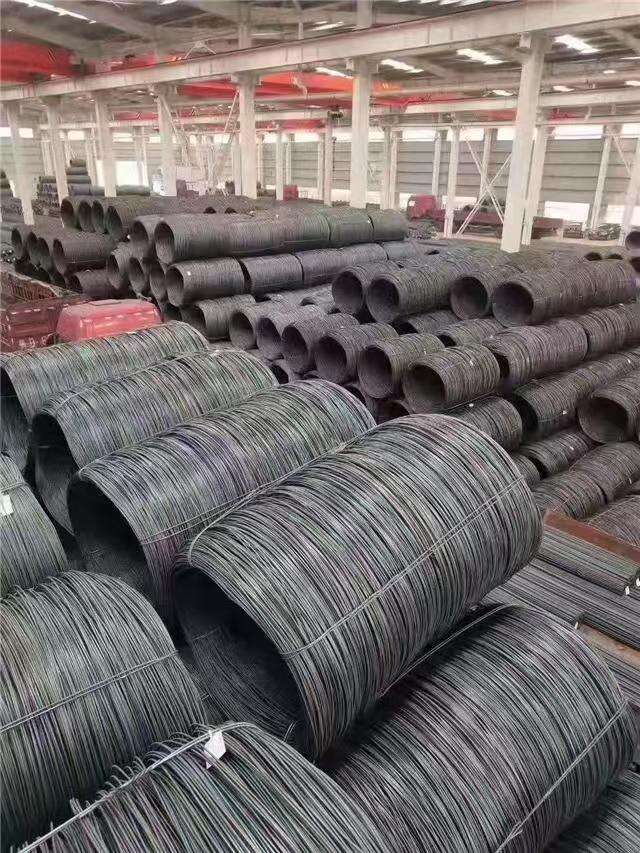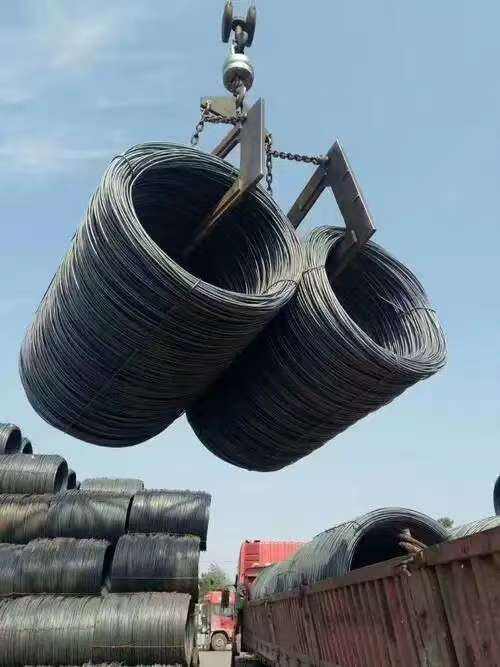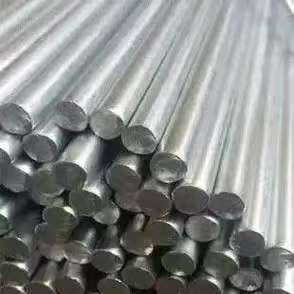alloy steel price
Alloy steel price represents a crucial factor in industrial manufacturing and construction sectors, reflecting the complex interplay of material composition, market demand, and production costs. This specialized steel category, enhanced with various elements like chromium, nickel, and molybdenum, commands different price points based on its specific formulation and intended application. The pricing structure typically accounts for the raw material costs, manufacturing processes, and the current market conditions. Modern alloy steel production employs advanced technologies such as precise temperature control systems and automated quality testing, ensuring consistent product quality while optimizing production costs. The price variations also reflect the steel's performance characteristics, including improved strength, corrosion resistance, and durability compared to carbon steel. These enhanced properties make alloy steel essential in critical applications across automotive manufacturing, aerospace components, industrial machinery, and construction projects. The market price fluctuates based on global supply chains, energy costs, and technological advancements in production methods. Understanding these price dynamics is crucial for manufacturers and buyers in making informed procurement decisions and maintaining competitive advantages in their respective industries.




